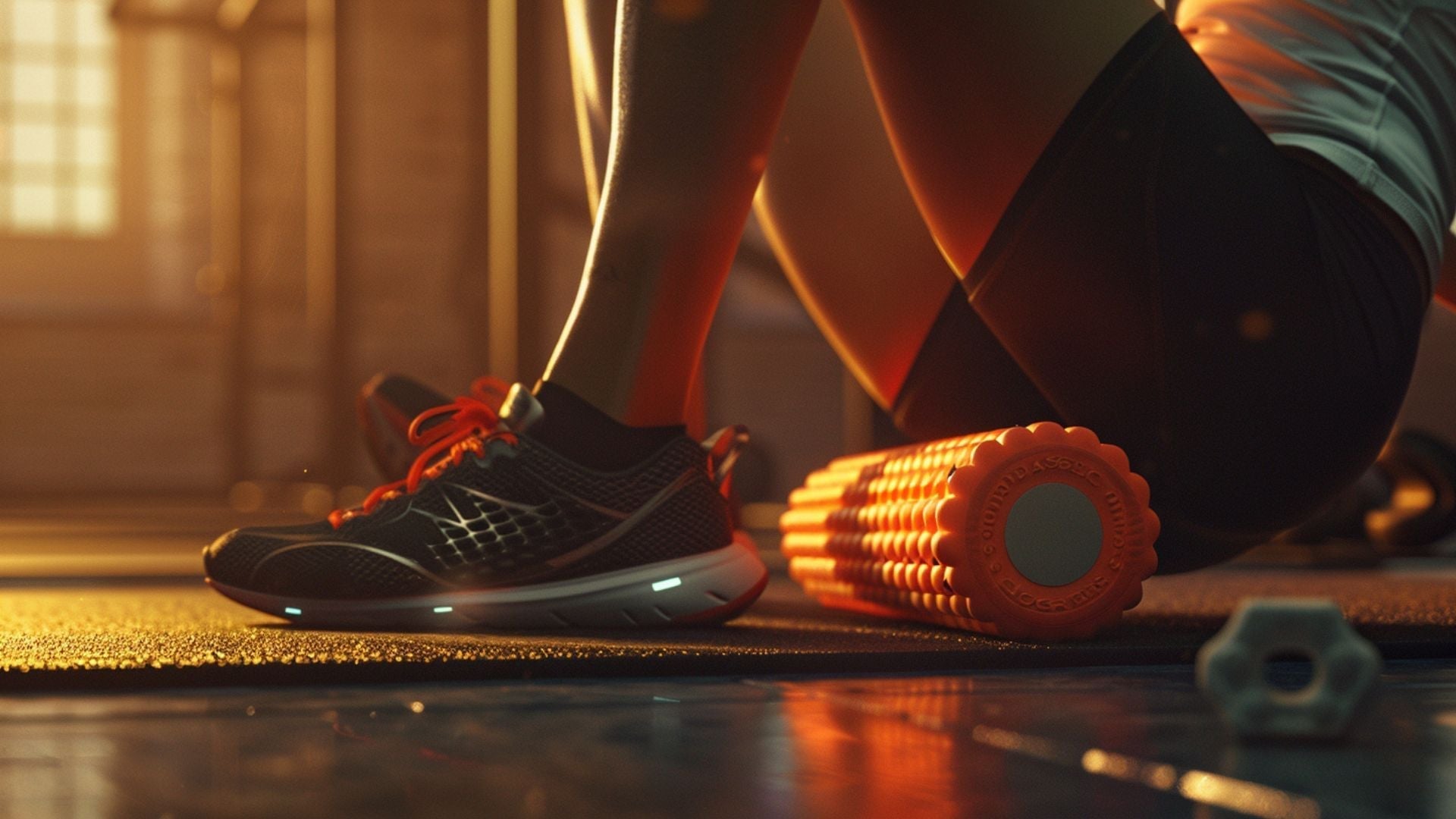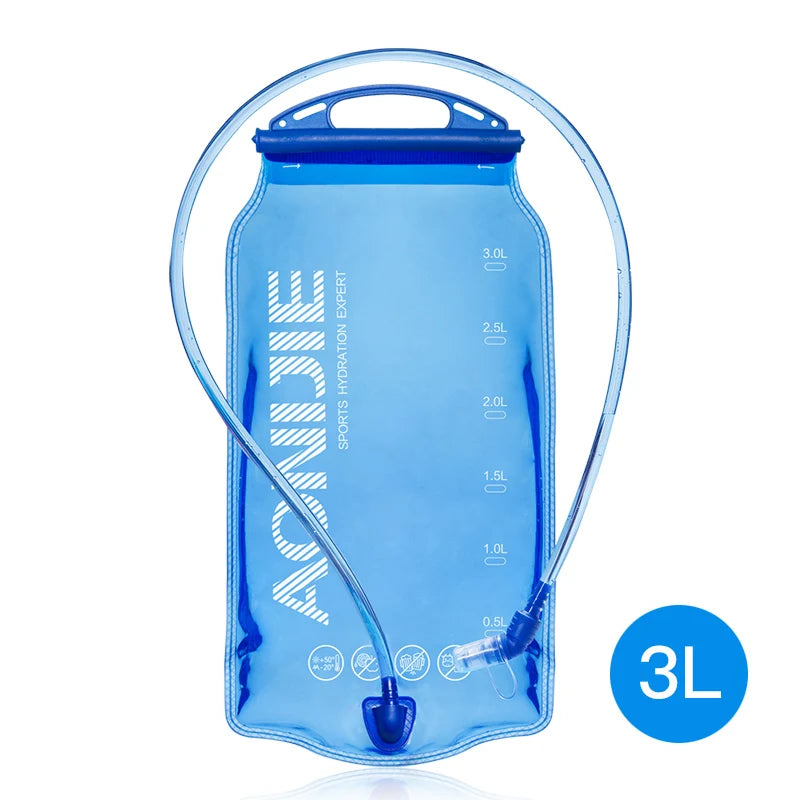Recovery is an essential aspect of any runner’s training programme.
While pushing your limits is important, it is equally critical to allow your body to recover properly. Effective recovery tools and techniques not only alleviate muscle soreness and prevent injuries but also improve overall performance and help you bounce back faster after tough workouts. In this guide, we explore some of the most popular recovery tools—foam rollers, massage devices, and compression socks—and explain how they can be integrated into your routine to maximise your training gains.
Introduction
Every runner knows that a successful training regimen involves more than just logging miles. Recovery plays a pivotal role in ensuring that your muscles repair and strengthen after strenuous activity. Incorporating recovery tools into your routine can help minimise muscle tension, reduce the risk of injury, and maintain flexibility. This guide draws on expert advice from sports physiotherapists and experienced runners, ensuring that the recommendations are trustworthy and effective.
Foam Rollers: Release and Relax
Foam rollers are one of the most accessible and effective recovery tools available. They work by applying pressure to tight muscles, facilitating what is known as myofascial release. This technique helps reduce muscle stiffness, alleviate soreness, and improve blood circulation. Using a foam roller regularly can help break up scar tissue and muscle knots, allowing for a more efficient recovery process.
For runners, foam rolling should be a staple in the post-run routine. Focus on rolling your calves, quads, hamstrings, and glutes—areas that endure significant stress during runs. Start slowly, applying gentle pressure and gradually increasing as your muscles begin to relax. Incorporating foam rolling into your daily routine not only speeds up recovery but also enhances flexibility, which can improve your running form and reduce the risk of future injuries.
Massage Devices: Deep Tissue Relief
Massage devices, ranging from handheld massagers to percussion tools, offer a more targeted approach to muscle recovery. These devices are designed to penetrate deeper into muscle tissue, providing a deep-tissue massage that can relieve soreness and reduce inflammation. Percussion massagers, in particular, have become increasingly popular among runners for their ability to quickly target tight spots and increase blood flow.
Using a massage device can be especially beneficial after long runs or intense training sessions. They help to break down lactic acid buildup and alleviate muscle tension, which in turn speeds up the recovery process. For best results, use the device on areas that feel particularly tight or sore, and adjust the intensity based on your comfort level. Regular use of massage devices can also improve range of motion and enhance overall muscle performance.
Compression Socks: Support and Recovery
Compression socks have long been a favourite among athletes and runners. These specialised socks apply graduated pressure to the legs, which helps improve venous return—the flow of blood back to the heart. This enhanced circulation reduces swelling and muscle fatigue, aids in the removal of metabolic waste, and supports faster recovery.
For runners, compression socks offer a dual benefit. During a run, they provide additional support to your calf muscles, reducing the risk of cramping and injury. Post-run, they help in diminishing muscle soreness and accelerating recovery by maintaining steady blood flow. When selecting compression socks, ensure they offer the right level of compression, typically measured in mmHg, to match your specific needs—whether it’s for performance enhancement or therapeutic recovery.
Additional Recovery Techniques
Beyond using these essential recovery tools, there are other techniques that can complement your recovery process:
- Active Recovery: Engaging in low-intensity exercises, such as walking or gentle cycling, helps maintain circulation without overtaxing your muscles.
- Stretching: Incorporate dynamic and static stretching routines to maintain flexibility and reduce muscle tightness.
- Hydration and Nutrition: Proper hydration and a balanced diet rich in protein, healthy fats, and carbohydrates are vital for muscle repair and energy replenishment.
- Rest and Sleep: Never underestimate the power of a good night’s sleep. Rest is crucial for overall recovery and muscle regeneration.
Conclusion
Effective recovery is the cornerstone of sustained running performance. By integrating recovery tools like foam rollers, massage devices, and compression socks into your routine, you can significantly reduce muscle soreness, prevent injuries, and boost your overall performance. These tools, combined with proper nutrition, stretching, and adequate rest, ensure that you not only run faster but also recover quicker—enabling you to train harder and achieve your running goals.
At Run Gear, we believe that every runner deserves to perform at their best. By embracing these recovery techniques and tools, you’re investing in a healthier, more resilient body. Remember, recovery is not a luxury—it’s a necessity for any serious runner. So take the time to recover, listen to your body, and watch your performance soar.












